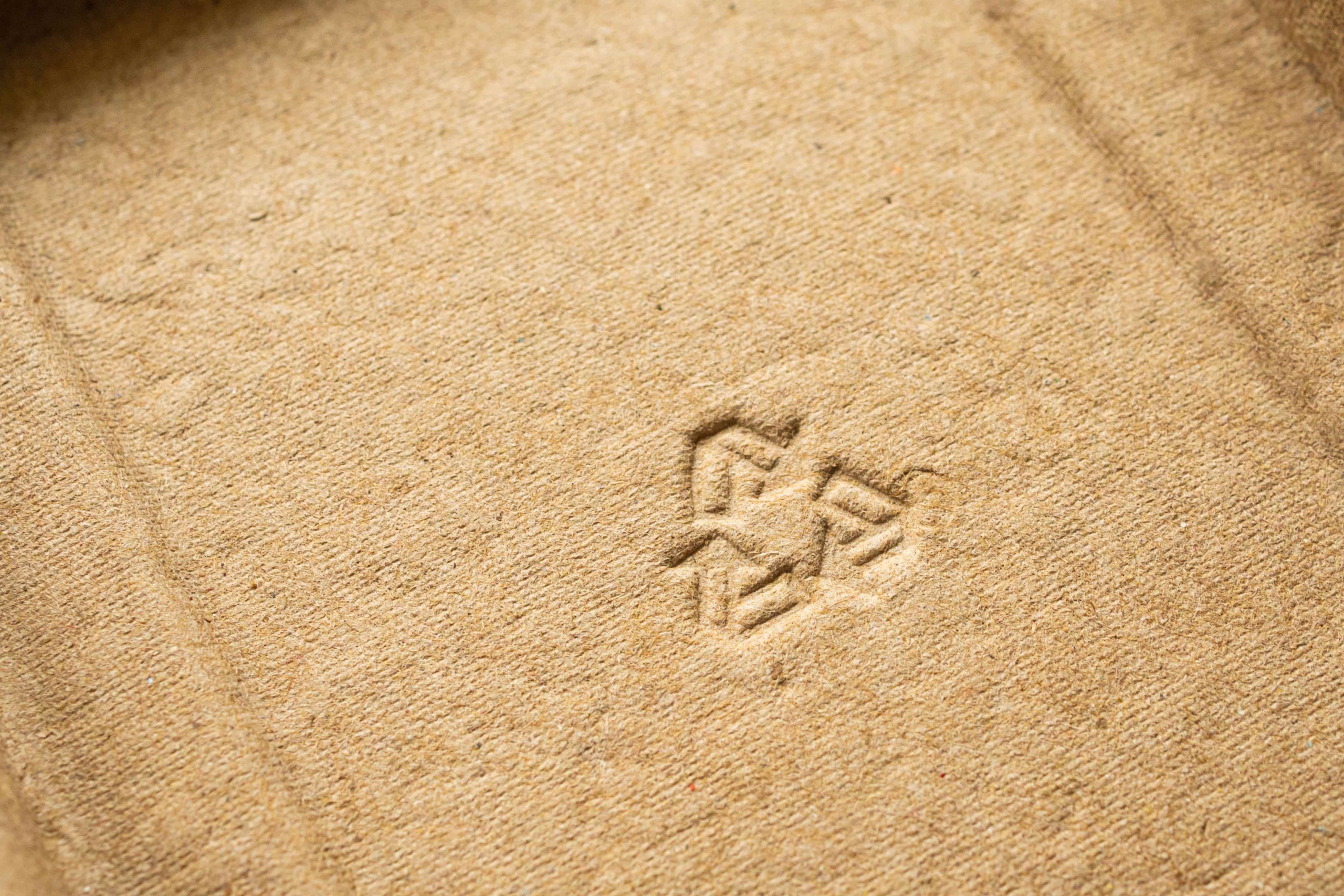Case: Beverage carton recycling infrastructure in Europe

Collection
An effective collection process is required for a well-functioning recycling system. To enable this to happen, we call for recycling collection targets for beverage cartons at EU and national levels. This will ensure that member states meet their legal obligation to collect all packaging separately, as well as provide transparency around collected/recycled materials and accurate reporting of collection and/or recycling rates. But this is not enough. We are committed to significantly increasing the collection and recycling of beverage cartons to reach a 90% collection rate and at least a 70% recycling rate by 2030, verified by third parties. The increased volume of materials available for recycling, the predictability and the high-quality waste stream provide a strong incentive for investment and innovation in sorting and recycling technologies.
Some countries are ahead of this curve, with specific collection/recycling targets by law in place in Belgium (90%), Germany (80%), Austria (80%) by 2025. France has targets to reach 59% recycling by 2030 and 80% by 2035. Spain, similarly, aims to reach 70% by 2030 and 90% by 2035. The Netherlands will introduce a legal recycling target in 2023. High recycling rates can be achieved through well-functioning collection schemes (EPR).
In most Member States, citizens either have their beverage cartons collected from their homes – for example, in differently colored bags or bins – or they take them to nearby collection points. Beverage cartons are either collected with lightweight packaging (in most cases) or with other paper-based packaging.
Sorting
Today’s near-infrared (NIR) technology for sorting materials from a mixed packaging waste collection finds its roots in an initiative of the beverage carton industry allowing package identification based on the individual infrared spectrum of the materials. It is still the standard in sorting systems today.
Beverage cartons have been sorted automatically ever since. Recent developments in sorting technology use artificial intelligence to achieve the desired result even more precisely by recognizing shapes in addition to NIR identification of the material. In parallel, work is being done on digital and /or watermarking systems through which the invisible or visible marking applied on each package can then be recognized on the conveyor belts and thus the individual articles can be sorted out easily. Digital marking offers different benefits, including the separation of different packaging types with different shapes or refusing similar packaging that are not wanted.
Recycling
Recycling beverage cartons is a simple process. The first step is to separate the fibers from the packaging through different special dissolving technologies in a paper mill. The long fibers used to produce beverage cartons are highly desired by recyclers. Once recycled, the fibers are used to produce new paper products such as cardboard packaging, hygiene paper and office paper. After recovery of the fibers, the plastic film (LDPE), with or without the thin aluminium coating, and the caps and closures (HDPE/PP) remain as residues (called PolyAl) which can subsequently enter the next recycling step. There are several innovative recycling facilities operating in Germany, Italy, the Netherlands and the Czech Republic to transform the polymers and aluminium into granulates for use in new products such as transport pallets, chairs and 3D-applications.
